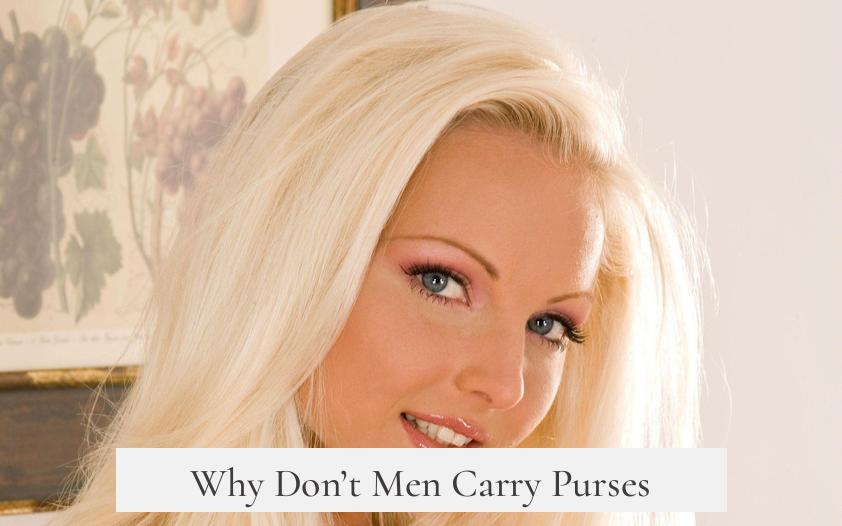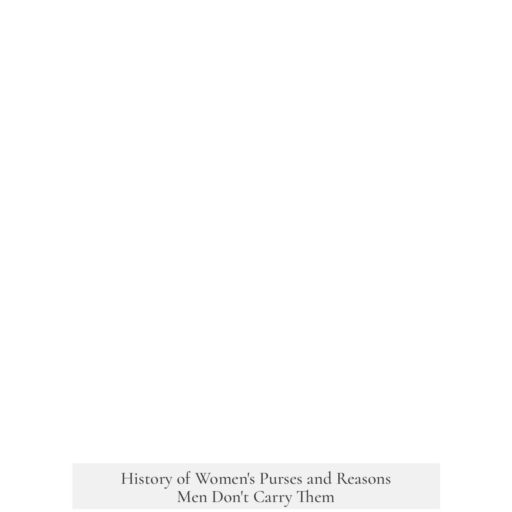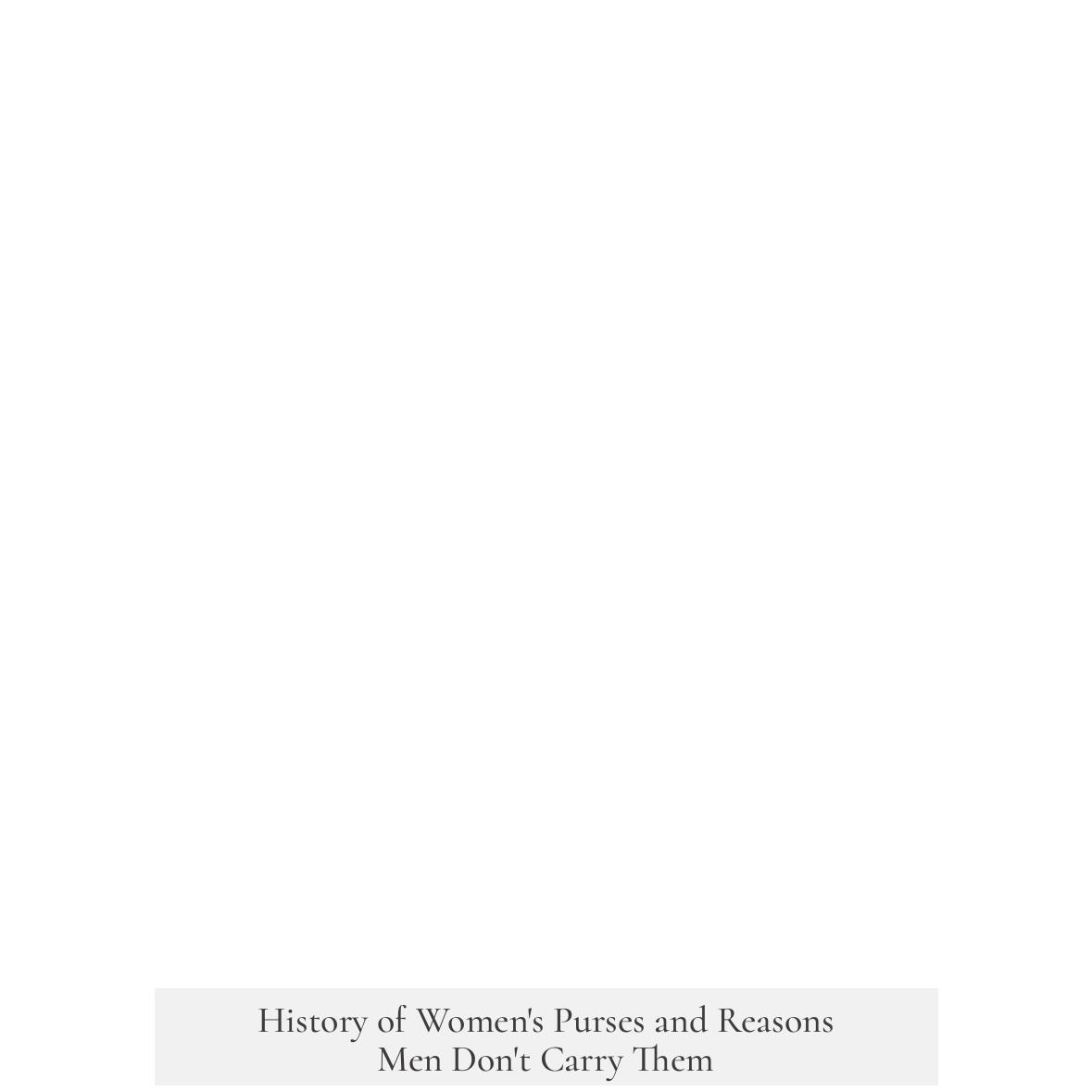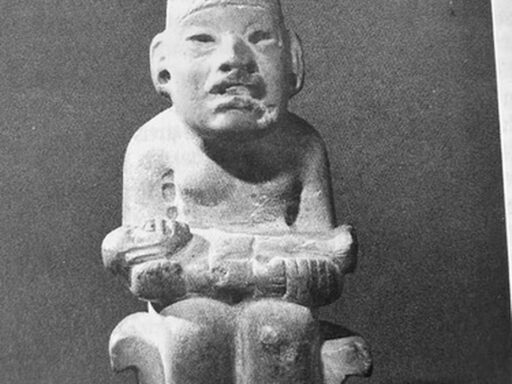Women started carrying purses in the eighteenth century when they used detachable pockets hidden inside their clothing. Over time, changing fashion reduced pocket space, leading upper-class women in the nineteenth century to carry small external bags called reticules. By the early twentieth century, these evolved into the modern handbag. Men typically do not carry purses because their clothing was designed with ample pockets, and the decline of cosmetics use among men reduced the need for carrying bags.
In the eighteenth century, women relied on detachable pockets worn under their petticoats. These pockets were accessed through slits in their outer garments. This method allowed women to carry essentials without visible bags.
By the nineteenth century, fashion shifted to finer, slimmer outerwear with limited or no pocket space. Upper-class women responded by carrying small external bags called reticules, which complemented their attire. These bags were fashionable but small, often supplemented by tiny internal pockets at the hems of skirts.
Working-class women, focused more on utility than fashion, continued using large, external pockets or bag-like solutions to carry daily necessities.
In the early twentieth century, the reticule expanded into the larger, modern handbag. This allowed women to carry more items, including cosmetics, which were becoming popular and convenient to use on the go.
| Time Period | Women’s Carrying Method |
|---|---|
| 18th Century | Detachable, inside pockets |
| 19th Century | Small external reticules plus tiny pockets |
| Early 20th Century | Larger handbags replacing pockets |
Men generally did not adopt purses because their clothing was designed with functional storage. Men’s coats and trousers typically included large pockets sufficient for carrying everyday items. Furthermore, cosmetics, a key reason women needed handbags, largely fell out of fashion for men by the time portable cosmetics existed.
There are exceptions culturally; for example, men in China traditionally carried “man purses” until recent technological changes like digital banking reduced the need for cash and physical wallets.
Modern views recognize that men benefit from clothing with built-in pockets, avoiding the inconvenience of carrying bags. This difference reflects both fashion choices and functional needs shaped by gender-specific social roles and cultural standards.
- Women began using purses due to fashion limiting pocket size and the need to carry cosmetics and other personal items.
- Men’s clothing traditionally incorporated large pockets, reducing the necessity for external bags.
- Cultural and technological factors influence how and whether men carry bags in different societies.
- The modern handbag evolved from practical and fashion-driven needs unique to women’s clothing and lifestyle.
When Did Women Start Carrying Purses and Why Don’t Men?

Women began carrying purses in earnest around the nineteenth century, transitioning from hidden detachable pockets to visible small bags called reticules, which later evolved into the modern handbag. Men, on the other hand, typically don’t carry purses because their clothing has ample pockets, and cultural factors have made carrying bags less necessary for them. Let’s unpack this story.
If you’ve ever wondered why handbags are such a strong part of women’s fashion but practically absent in men’s wardrobes, you are not alone. The history behind this difference is both fascinating and practical.
From Hidden Pockets to Stylish Purses
Back in the eighteenth century, women didn’t carry purses like today. Instead, they used detachable pockets sewn inside their petticoats. Accessing those pockets involved a bit of *sneaky* maneuvering through slits in their outer garments. It was a clever way to carry essentials without them being seen, and it blended well with the voluminous gowns of the era.
But make no mistake—this wasn’t exactly the epitome of convenience. Fast-forward to the nineteenth century and fashion starts reshaping these practices. Women’s outer clothes became tighter and pockets vanished. So what was a lady to do? Enter the reticule, a small drawstring bag worn outside the clothing.
For upper-class women, the reticule emerged as a chic accessory, a statement piece as much as a functional item. This shift marked the beginning of purses becoming an essential external accessory. Working-class women, however, often stuck with larger, functional pockets—sometimes worn visibly outside skirts—because practicality trumped fashion.
The Modern Handbag Arrives
By the early twentieth century, pockets had mostly disappeared from women’s clothing. The reticule had transformed into the larger handbag—big enough to hold cosmetics, wallets, and other personal items. Cosmetics became portable and part of the daily routine. This is when the handbag really cemented itself in culture, particularly as a female accessory.
This evolution isn’t just about style but also shifting social roles and expectations. Women began appearing more in public and needed to carry essentials that earlier could have been stashed away or carried by servants. The handbag met this new practical and social need quite perfectly. It became not just a container but a symbol of independence.
Why Don’t Men Carry Purses?

Now, men’s bags—or *man purses*—certainly did exist historically, even in Western cultures. But the reason men didn’t develop a widespread cultural habit of carrying purses mostly lies in their clothing design and social norms.
Men’s coats and trousers traditionally have larger and more pockets than women’s clothing. These pockets are built into their garments, designed for essentials like coins, pocket watches, and, more recently, smartphones and wallets. Men’s fashion prioritized functional storage, meaning there was less need for an additional carry item.
Another big reason is makeup—or rather, its decline for men. By the time portable cosmetics became popular—in the early twentieth century—men largely stopped using them outside the theatrical world. Since cosmetics represent a significant portion of what women carry in purses, the necessity to carry these items simply didn’t arise for men.
On a cultural note, men’s purses were popular in some non-Western contexts. For example, in China, “man purses” were common until recent years. The shift there came with the rise of digital payments, which drastically lowered the need to carry physical currency. This highlights how technology also shapes fashion habits.
The Gender Gap in Carrying Personal Items
It’s worth noting the social frustration this practical difference can cause. Many women, including myself, occasionally envy men’s ability to rely purely on their clothing pockets to carry essentials. There’s a certain convenience in simply throwing keys and a wallet into your pants without worrying about coordinating an accessory or the risk of leaving behind your bag—especially on busy days.
However, handbags continue to function as both practical gear and fashion statements for women. They offer vast variety in size, style, and organizational features. Women’s purses accommodate far more than just keys and wallets—they carry makeup, phones, planners, snacks, and sometimes an emergency kit or two. They adapt to varying needs.
Interestingly, men’s fashion is slowly evolving. In recent years, small leather pouches, satchels, and crossbody bags tailored for men have grown in popularity. It seems the idea of men carrying bags is shedding old cultural taboos. Perhaps this hints at a future where purses or similar bags transcend gender norms.
Final Thoughts
The journey from hidden pockets in the 1700s to elegant handbags today reflects changing fashion, social roles, and practical needs of women. Meanwhile, men’s reliance on pockets and different social customs has minimized their connection with purses—though culture and technology can always shake things up.
Next time you heft your handbag, remember: it’s not just an accessory but a product of centuries of evolution, convenience, and style. And if you’re a man reading this, maybe consider trying out one of those trendy crossbody bags—you might discover a new kind of freedom. After all, who says practicality can’t be stylish?




